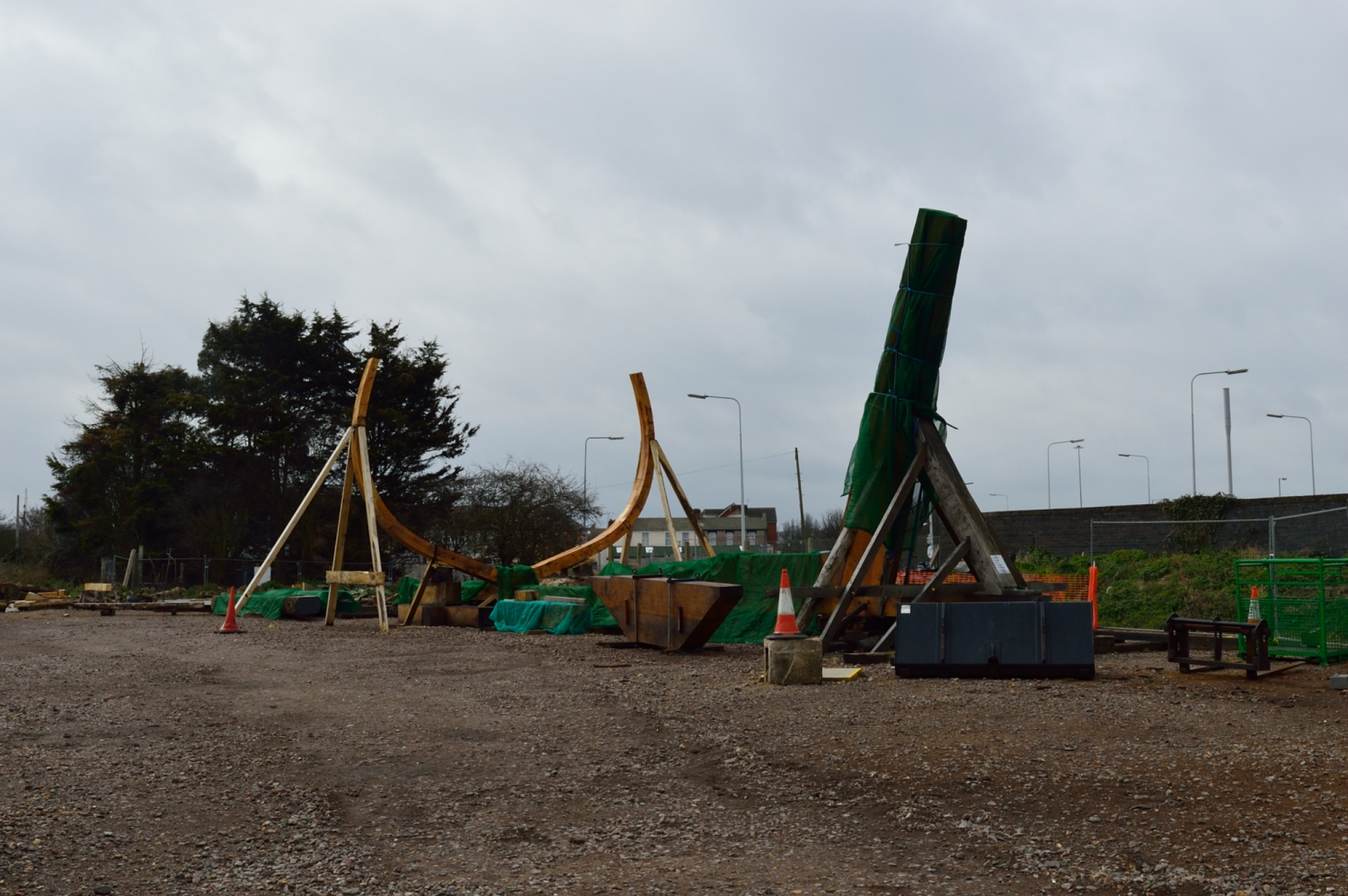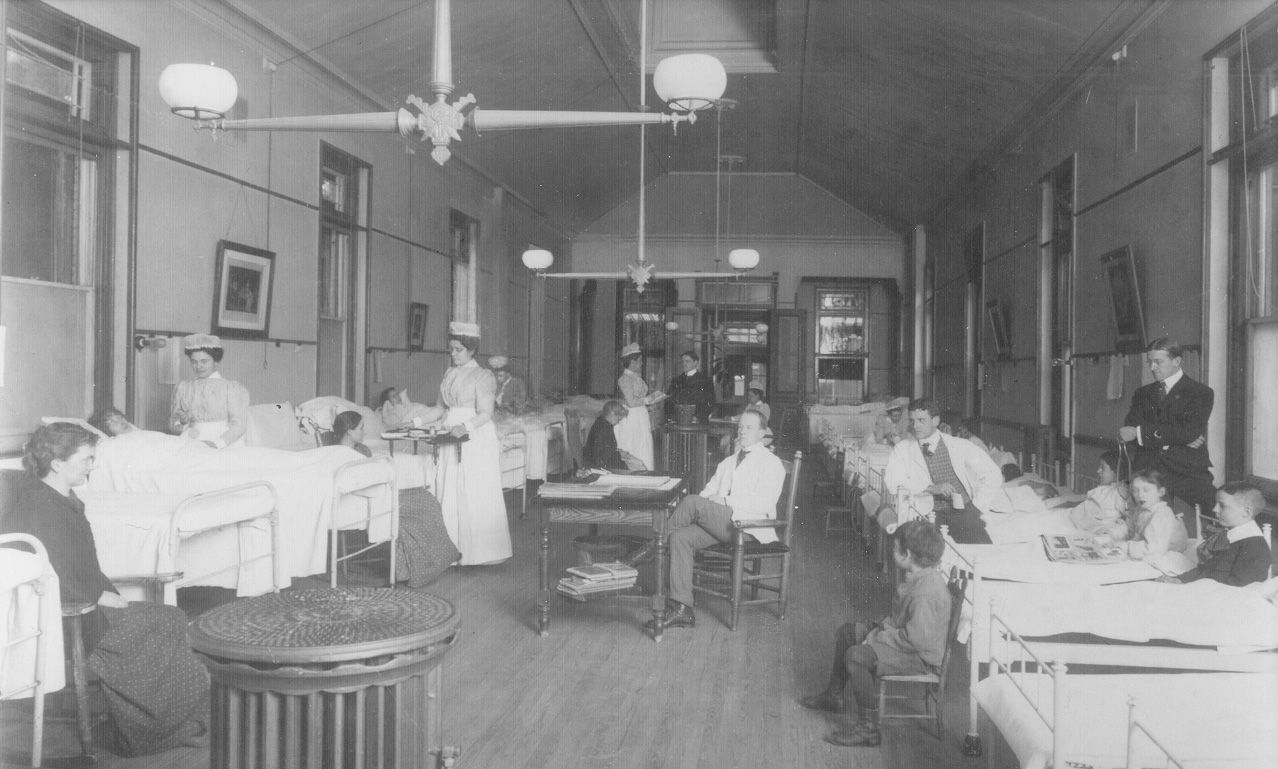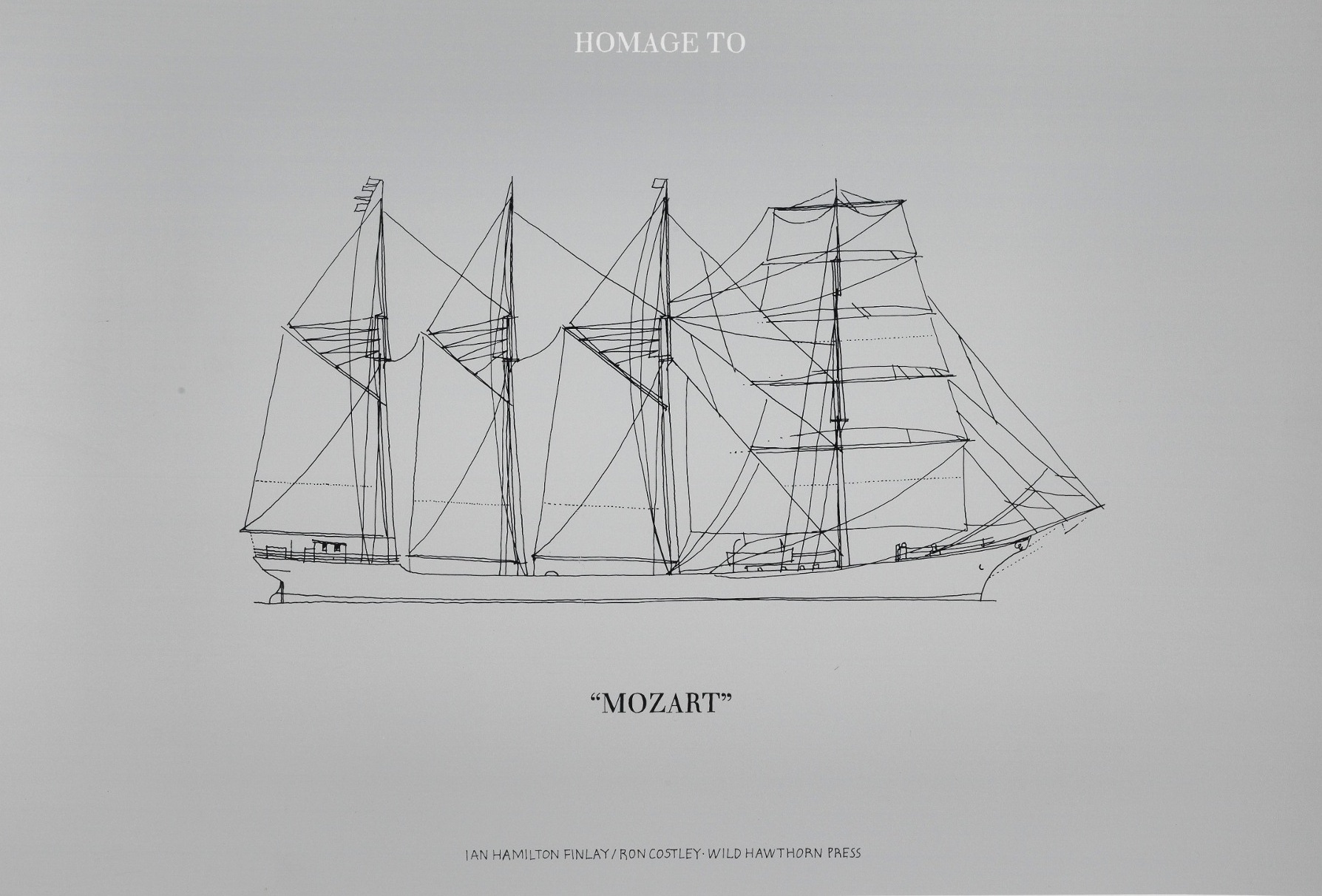Tag: politics
-

How to Make a Map for Ethnic Cleansing
. . . . . . . . . .an elegy Demark colored lines fluid as the Red sea and place names for distance.. . . . . . . . . .Cherokee–– We are a region where herds wait, swallowing grass like fire. . . . . . . . . .Seminole––…
-

Gordon Cheung – Unknown Knowns
Unknown Knowns is Gordon Cheung’s third exhibition at Edel Assanti, London. The exhibition’s title is drawn from Slavoj Zizek’s observation that Donald Rumsfeld’s theory of knowledge omitted a crucial fourth category: unknown knowns – the things we don’t realise we know; the unconscious beliefs and prejudices that determine our perceptions and actions. Unknown Knowns continues…
-

Editorial: Wolf Crossing
Look into the eyes of the wolf. What does it see? On 29th August 2016, shortly after the announcement of Steve Bannon’s appointment as Donald Trump’s new campaign CEO, The New Yorker ran a cartoon by Paul Noth. It shows a large billboard standing in a field of grazing sheep. Upon it is a wolf…
-

Zone de sécurité temporaire
There is a strange but commonly used French phrase with no precise parallel in English: entre chien et loup – between dog and wolf. It refers to twilight, when the light has dimmed and one can no longer differentiate between a wolf and a dog (as if it were once so simple to tell the…
-

Duelling Hagiographies: Mao and Modernism
The world is yours as well as ours: a statement in which ancestry maintains a dialectic with reconstruction; engineered to mobilise disjunctions with the past over a period spanning sixty years. An exploration of abstraction within contemporary Chinese painting, the exhibition shares its title with a work by Jiang Zhi, one of nine artists commanding…
-

Dead Space and Ruins
Few things capture the present like the ruins of the past. After the lofty projects of the twentieth century have crumbled or collapsed, we are left today with certain reminders: literature, memories, a socio-political legacy, and – more photogenically – the rotting ruins of sundry grand architectural schemes. The connection between architecture and utopianism has…
-

The Future is the Past: Harwich, Essex
Harwich has a split personality. At the northeasternmost point of Essex, the old town is still laid out as the medieval port it once was, but it’s separated from the cranes at Harwich International Port situated a mile up the Stour river. For centuries it was a key access point to Europe: a “gateway”, when…
-

Workers Hammer
The following is an edited extract from the conversation between artist John Stark and anthropologist David Graeber, author of Debt, the first 5000 years and The Utopia of Rules. The conversation was originally published in the catalogue that accompanies DoL Po, Stark’s solo show at Charlie Smith London, 20th May – 26th June 2016. …
-

The Reality of Race
Over the last few decades there has been some confusion about the category of race, a category that was once so central to all the social sciences. If race often appears in quotes, does that mean it is not real? If race is a social construction, why is there still racism in institutions, feelings and…
-

Ignaz Semmelweis and Anthropogenic Global Warming
Mortality rates in mothers from childbirth in Europe were shockingly high during the mid-19th century. Ignaz Semmelweis, a Hungarian physician working in the General Hospital of Vienna, was curious as to why the medical students’ obstetrician clinic had a mortality rate over five times higher than the trainee midwives’ clinic within the same hospital. His…
-

Beauty and Revolution / A Token of Concrete Affection
Now is the time to visit Cambridge if you’re a fan of concrete poetry. At Kettle’s Yard is Beauty and Revolution, an exhibition of work by Ian Hamilton Finlay, while the Centre of Latin American Studies plays host to a group exhibition entitled A Token of Concrete Affection. Both are furnished from the private collection…